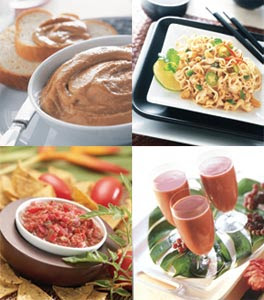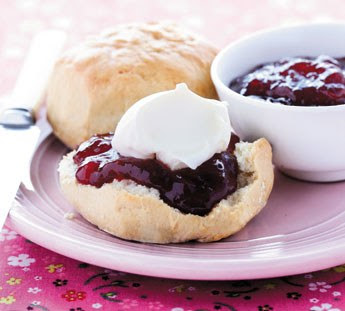By By Kardena Pauza
http://bit.ly/3yXmhE
The #1 Superfood Essential to Your Fat Loss Diet
A healthy diet is a vital component to any fat loss program. Fortunately, this superfood can be found at any grocery store or farmer's market at a relatively inexpensive price.
What's more, this superfood supplies a majority of the Recommended Daily Allowance for vitamins and minerals to give you endless amounts of energy, it stabilizes your blood sugar and detoxifies your body, and it provides you with the essential amino acids your body needs to build strong, lean muscles.
So what is it?
None other than the leafy green vegetable.
I hope you aren't disappointed it wasn't something exotic like elixir berry juice. But, the truth of the matter is, the leafy green vegetable is an underrated, nutrient dense, inexpensive, and readily available superfood.
It does, however, get a little more exciting in that this dark green vegetable has many substitutes, including spinach, kale, romaine lettuce, chard, parsley, cilantro, and many others.
In fact, if you go to a farmer's market I'm sure you'll find plenty to choose from. And variety is important because each green offers a different composition of minerals and vitamins.
Most leafy greens have a mild flavour, but if you're unsure about one, here's a little tip you can use when doing your shopping. When you find a green that you think you'd like to try, simply pinch off a small piece of it and give it a try. If you like the taste, add it to the cart, if not, just hope no one was watching!
Alright, you're home and ready to give the leafy greens a try, but you're unsure how to eat them. Well, here are some suggestions:
1. Prepare a salad with a base of greens that you like, while adding in some of the new, unfamiliar greens. You'll find that over time you'll acquire a taste for the new darker greens and begin to really enjoy them.
2. Add greens to your smoothies. I know it sounds odd, but trust me, you won't taste a thing. Just start out with a small amount of greens and slowly add more.
3. Try making fresh fruit and veggie juice with greens in it. Personally, I like cilantro, parsley, and spinach in mine.
4. Stir fries are a great way to add in veggies and greens.
5. Also, try making soups with added greens.
So, those are just some of the ways in which you can add one of the best superfoods to your diet. Try them out for two weeks and I guarantee that you will feel more alert and have more energy.
Kardena Pauza
Author, Easy Veggie Meal Plans For Fat Loss
http://bit.ly/3yXmhE


.png)
.png)





